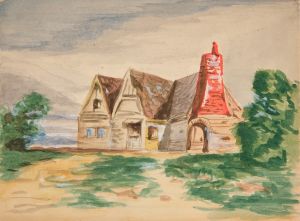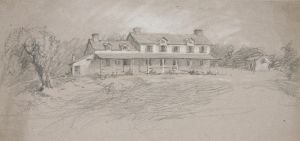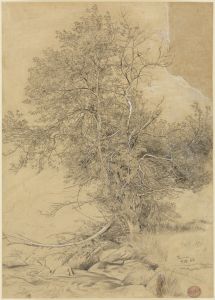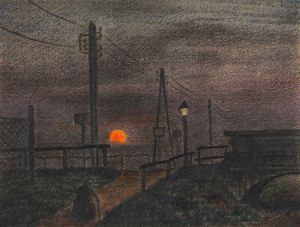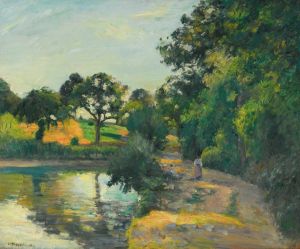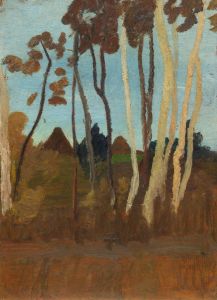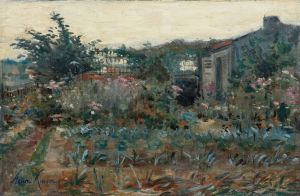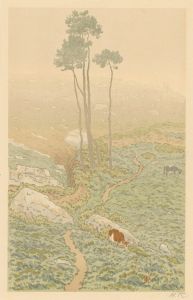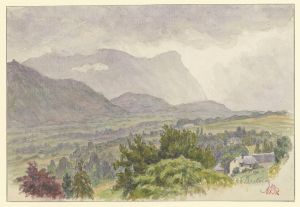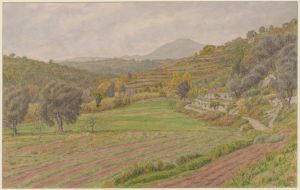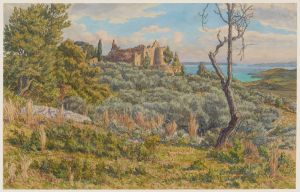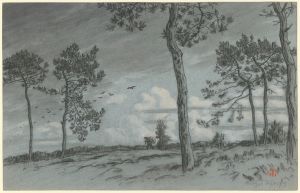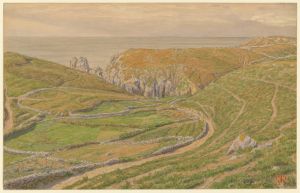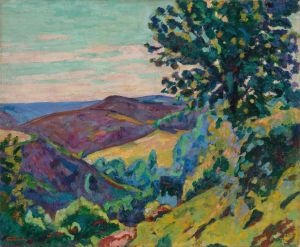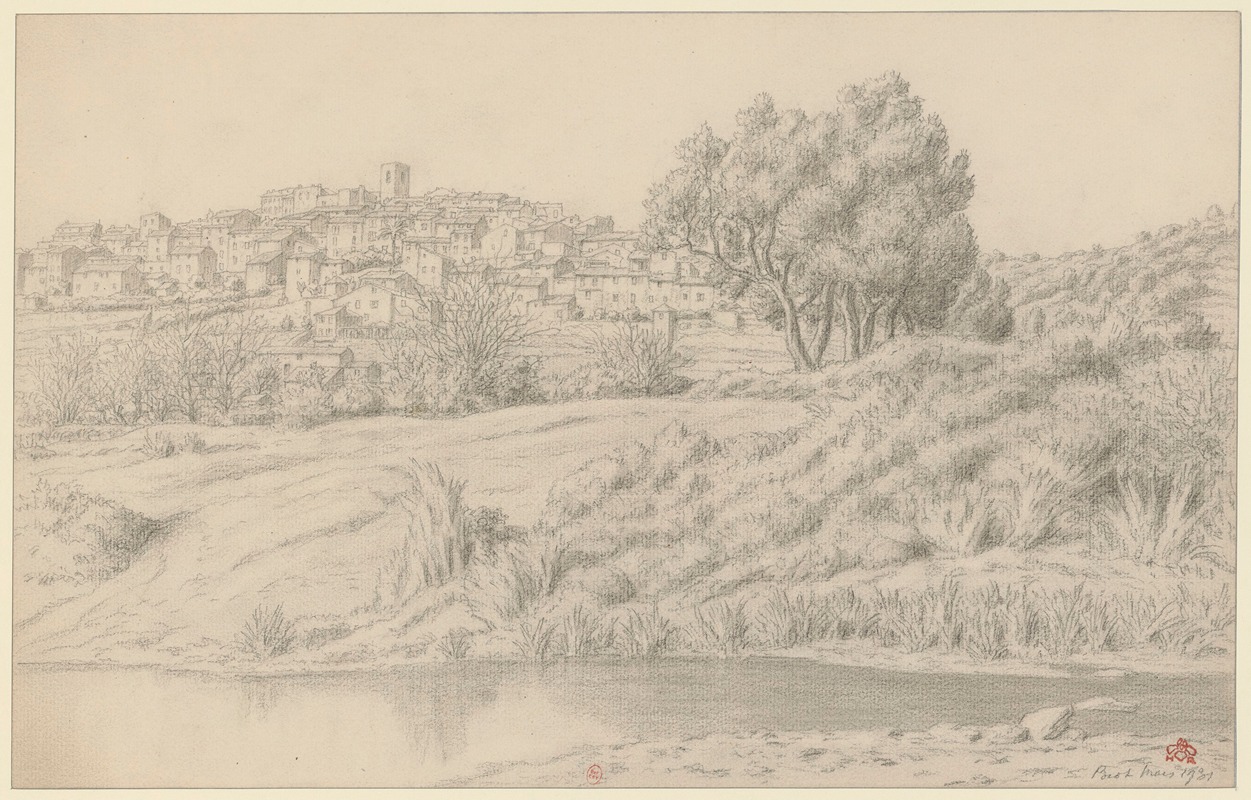
Biot
A hand-painted replica of Henri Rivière’s masterpiece Biot, meticulously crafted by professional artists to capture the true essence of the original. Each piece is created with museum-quality canvas and rare mineral pigments, carefully painted by experienced artists with delicate brushstrokes and rich, layered colors to perfectly recreate the texture of the original artwork. Unlike machine-printed reproductions, this hand-painted version brings the painting to life, infused with the artist’s emotions and skill in every stroke. Whether for personal collection or home decoration, it instantly elevates the artistic atmosphere of any space.
Henri Rivière was a French artist known for his contributions to the art of printmaking and his involvement in the late 19th and early 20th-century art movements. While Rivière is primarily recognized for his work in lithography and his innovative use of color, there is limited information available specifically about a work titled "Biot" by Henri Rivière.
Henri Rivière was born on March 11, 1864, in Paris, France. He became associated with the artistic circles of Montmartre and was notably involved with the Chat Noir, a famous cabaret in Paris that was a hub for artists and writers. Rivière's work was heavily influenced by Japanese art, particularly the ukiyo-e woodblock prints, which were gaining popularity in Europe during his time. This influence is evident in his use of color, composition, and perspective.
Rivière is best known for his series of prints, "Les Trente-six Vues de la Tour Eiffel" (The Thirty-six Views of the Eiffel Tower), which was inspired by Katsushika Hokusai's "Thirty-six Views of Mount Fuji." This series showcases Rivière's ability to blend traditional Japanese techniques with contemporary French subjects, capturing the Eiffel Tower from various perspectives and under different lighting conditions.
In addition to his printmaking, Rivière was also a painter and a photographer. His works often depicted landscapes and scenes from nature, characterized by their vibrant colors and dynamic compositions. Rivière's art was part of the broader Symbolist movement, which sought to express ideas and emotions through symbolic imagery and themes.
Despite his contributions to art, specific details about a painting or print titled "Biot" by Henri Rivière are not readily available in historical records or major art collections. It is possible that "Biot" could refer to a lesser-known work or a piece that is not widely documented. Rivière's oeuvre includes numerous landscapes and scenes from various regions, and it is conceivable that "Biot" might refer to a location or a subject within one of his works.
Henri Rivière continued to create art until his death on August 24, 1951. His legacy is preserved through his innovative approach to printmaking and his ability to merge different artistic traditions. Rivière's work remains influential, and his prints are held in high regard by collectors and art historians alike.
In summary, while Henri Rivière is a significant figure in the world of art, specific information about a work titled "Biot" is not available. Rivière's broader body of work, however, continues to be celebrated for its unique blend of Japanese and French artistic influences and its contribution to the development of modern printmaking.





